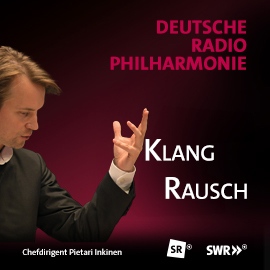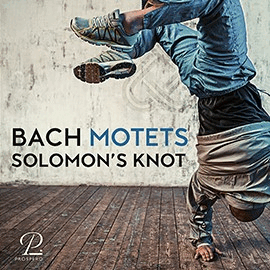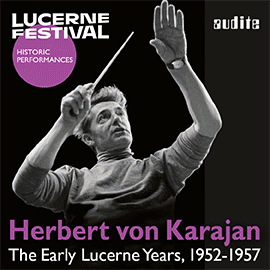Fréderic Chopin hat von 1827 bis 1846 eine Reihe von 21 Nocturnes komponiert. Es sind melodische Stücke mit raffinierter Verzierung, die an den italienischen Opernstil des Belcantos erinnern. Einige sind träumerisch, doch viele zeugen von einer großen kompositorischen Fantasie und gehen in ihrer Rhetorik über das einfache Nocturne hinaus, das John Field erfunden hatte. Wie Guy Sacre schreibt, haben in Chopins Nocturnes der tragischste Schrei und der intensivste Jubel mehr Anteil als die farblose und unbestimmte Träumerei.
Nicolas Horvath hat nun diese 21 Nocturnes eingespielt, freilich nicht nur in der Fassung, die jeder kennt, sondern mit Alternativversionen, die der Pianist aufgestöbert hat, oft in Partituren der Schüler Chopins. Sein Unterfangen ändere die bekannten Nocturnes nicht völlig, sagt Horvath, « aber es gibt eine bessere Perspektive auf Chopins letzte Gedanken, und ich will ehrlich mit Ihnen sein, diese Änderungen sind erstaunlich, ein Wunder des guten Geschmacks, der Finesse und der Freiheit. »
Der erste Teil dieser Aufnahmen ist jetzt erhältlich, und das Albumbooklet enthält einen ausführlichen Begleittext Horvaths, in dem er akribisch die Versionen auflistet, beschreibt und vergleicht.
Was die Interpretationen anbelangt, so ist Horvath fern von Interpreten, die in den Nocturnes dramatische und emotionale Mittel hochzüchten, fern auch von jenen, die total romantisch das Träumerische betonen oder sich einfach in der Distanz und der Zurückhaltung gefallen. Bei Horvath mag ich den balladesken Tonfall, der das verzierte Cantabile und die reiche Farbgebung der Stücke respektiert, vor allem aber sein Spiel ungemein spontan wirken lässt. Wunderbare Nuancen, expressives Rubato, manchmal auch brüske Gesten, die aus einer zärtlichen Intimität herausfahren, lassen das Spiel attraktiv werden.
Horvath findet in den Nocturnes so viele verschieden Stimmungen, dass man nur staunen kann.
Fréderic Chopin composed 21 Nocturnes between 1827 and 1846. They are melodic pieces with refined ornamentation, reminiscent of the Italian operatic style of bel canto. Some are dreamy, but many show a great compositional imagination and go beyond the simple nocturne invented by John Field in their rhetoric. As Guy Sacre writes, in Chopin’s Nocturnes, the most tragic cry and the most intense jubilation have a greater share than the colorless and indefinite reverie.
Nicolas Horvath has now recorded these 21 nocturnes, not only in the version that everyone knows, but with alternative versions that the pianist has tracked down, often in scores by Chopin’s pupils. His undertaking doesn’t completely change the well-known nocturnes, says Horvath, « but it gives a better perspective on Chopin’s final thoughts, and I’ll be honest with you, these changes are amazing, a miracle of good taste, finesse and freedom. »
The first part of these recordings is now available, and the album booklet contains a detailed accompanying text by Horvath in which he meticulously lists, describes and compares the versions.
As far as the interpretations are concerned, Horvath is far from interpreters who play up dramatic and emotional means in the Nocturnes, and also far from those who emphasize the dreamy in a totally romantic way or simply enjoy distance and restraint. I like Horvath’s balladic tone, which respects the ornate cantabile and the rich colors of the pieces, but above all makes his playing incredibly spontaneous. Wonderful nuances, expressive rubato, sometimes even brusque gestures, which emerge from a tender intimacy, make the playing attractive.
Horvath finds so many different moods in the Nocturnes that one can only marvel.




















